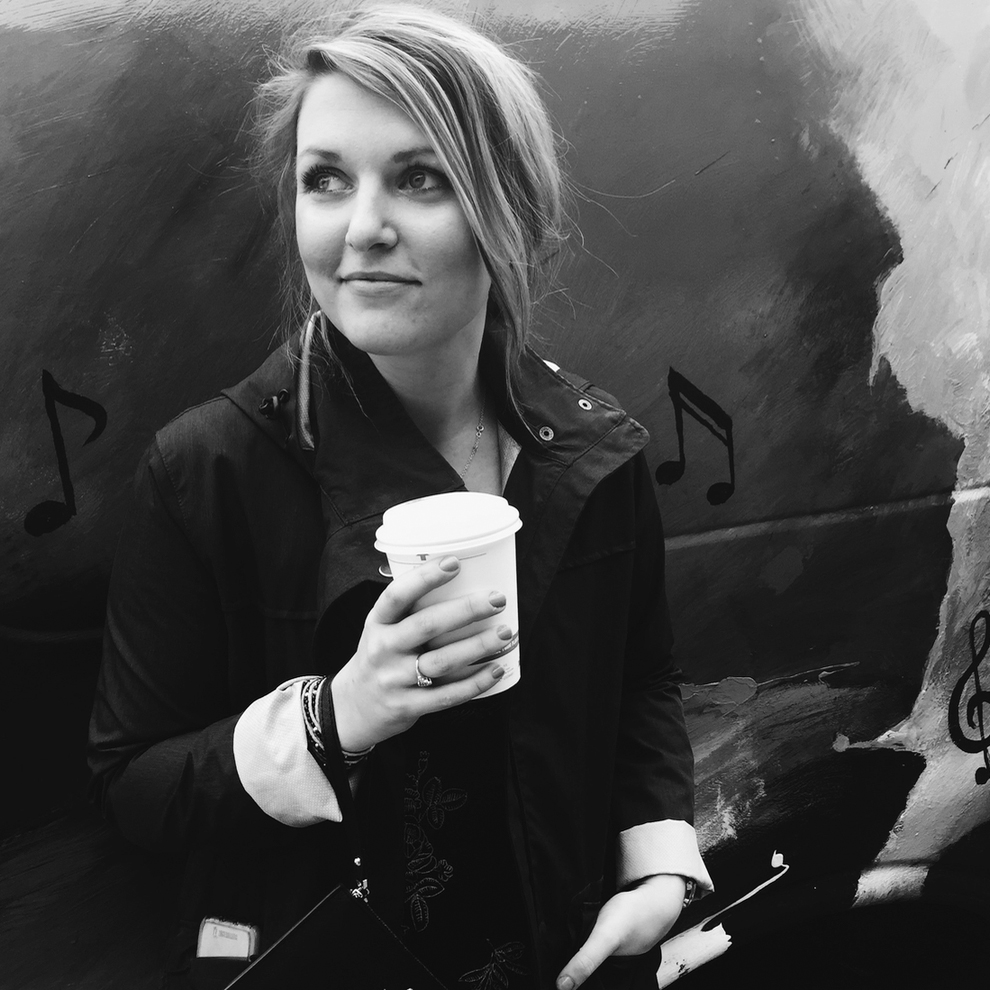
Do other viruses have as many variants as SARS-CoV-2?
Is COVID-19's rapid evolution unusual, or do other viruses have as many variants?

SARS-CoV-2 seems to be constantly changing. In the span of just two years, alpha, beta, delta, lambda, mu and omicron have all made headlines. And that list doesn't include dozens of other variants that were detected but not considered high priority by the World Health Organization.
Is this coronavirus's rapid evolution unusual, or do other viruses have just as many variants? We asked the experts to find out.
Viruses are constantly replicating. But the replication process can have hiccups, said Suman Das, an associate professor of medicine at Vanderbilt University Medical Center who studies the evolution of viruses, including SARS-CoV-2. When viruses use host cell machinery to copy their genetic material, mistakes — random additions, removals and substitutions called mutations — happen. And while most random mutations can make the virus unviable or have no effect at all, some mutations actually give it a competitive edge. Maybe some mutations help the virus evade a vaccine or make the pathogen more transmissible. Mutations that help the virus live longer and replicate more easily are "selected" — meaning they stick around. That's how new variants come to be.
Related: Why is the flu shot less effective than other vaccines?
Like influenza viruses, RSV, enteroviruses, and rhinoviruses, which cause the common cold, SARS-CoV-2 carries its genetic information on a strand of RNA. And compared with other RNA viruses, "[the mutation] rate in SARS-CoV-2 is not particularly remarkable," said Katie Kistler, a postdoctoral researcher who studies viral evolution at the Fred Hutchinson Cancer Research Center in Seattle. In fact, it's similar to the mutation rate of other common RNA viruses, such as influenza and other common coronaviruses that cause cold-like symptoms, she told Live Science.
The bottom line on mutations: SARS-CoV-2 isn't mutating at an unusually fast rate. But other factors in play, like the virus's high transmissibility, its transition from an animal host to humans, and the development of new treatments and vaccines, may have ramped up the number of SARS-CoV-2 variants we've seen over a short time.
"SARS-CoV-2, the virus that causes COVID-19, may appear to evolve more mutations due to the fact that it's much more transmissible than other common viruses, resulting in many more cases," said Jesse Erasmus, a virologist and assistant professor of microbiology at the University of Washington School of Medicine. The actual rate of mutations per infection is similar to other common viruses, if not slower. But it's continually circulating through many more people — and has been for more than two years — which gives it more opportunities to replicate and produce advantageous mutations, he told Live Science.
Sign up for the Live Science daily newsletter now
Get the world’s most fascinating discoveries delivered straight to your inbox.
The rapid changes of SARS-CoV-2 may also be related to its recent jump to humans. Until 2019, the virus was adapted to infect an animal host, most likely bats. Initially, "the virus needs to adapt to infect humans rather than bats," Kistler said. "There are a lot of beneficial mutations available to the virus during that [transition] phase." Afterward, a virus's adaptive evolution slows down a bit.
The 2009 H1N1 flu pandemic influenza virus followed this pattern. "During the initial pandemic phase, and [a] year or two following its emergence, we see that the rate of functional change is higher, and then it drops down to a more steady baseline level," she said. Scientists don't know how the evolution of SARS-CoV-2 will change as it transitions from epidemic to endemic, but based on other pandemic viruses, they hypothesize that the pace of adaptive evolution could slow down.
Finally, the changes we see in SARS-CoV-2 are also partly driven by the rapid development of vaccines and treatments designed to stop it. Compared with the early days of the pandemic, there's now much more selection pressure on the virus to escape the pharmaceutical measures designed to defeat it, Das told Live Science. Now we have multiple vaccines: antibody cocktails, convalescent plasma therapy and two drugs on the market to combat COVID. That's a lot of new pressures driving selection of the virus. Some of the mutations that stick are now the ones that will help the virus avoid these challenges.
Originally published on Live Science.

Donavyn Coffey is a Kentucky-based health and environment journalist reporting on healthcare, food systems and anything you can CRISPR. Her work has appeared in Scientific American, Wired UK, Popular Science and Youth Today, among others. Donavyn was a Fulbright Fellow to Denmark where she studied molecular nutrition and food policy. She holds a bachelor's degree in biotechnology from the University of Kentucky and master's degrees in food technology from Aarhus University and journalism from New York University.










